Digital system collects data from various sensors and displays them in real-time
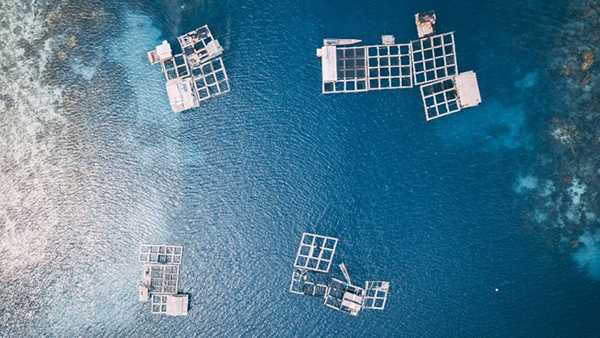
Researchers at the Universitat Oberta de Catalunya (UOC) have developed technology for aquaculture operators to facilitate accurate continuous monitoring of basic water parameters to improve animal welfare, reduce energy expenditure and optimize feed utilization and planning of fish and algae growth.
Launched in 2019, the Open Digital Aquaculture (ADO) project installed low-cost electronic sensors to monitor pH levels, temperature, turbidity and oxygen in farms in Catalonia (in Baix Montseny, Pla de Lleida and Terres de l’Ebre). Recently, the team published a paper in HardwareX, providing a comprehensive description of the platform building blocks, including the hardware elements, integration procedures and structure and operation details of the back-end infrastructure.
“ADO is a complete platform created to take into account the needs of small and medium-sized aquaculture enterprises (SMEs) that cannot afford the cost of industrial solutions,” said Ioana Cristina Suciu, one of the researchers. “It includes hardware, software and a user interface – the three key components of a digital system – and is designed to collect data from various sensors and display them in real-time.”
The data is displayed in various formats, numerical and graphical, with the option to activate alerts using certain parameters. This allows SMEs in the sector to monitor their facilities “economically and effectively.”
“The project uses the same general architecture as most of the available monitoring systems: sensor nodes, a server or local data storage solution and a web page or application to visualize the data,” she said.
But according to Suciu, the key difference lies in the communication protocol, the design of the user interface, the number of sensors and the final cost.
“We are taking this project a stage further: our solution is designed to allow secure connections, integrated panels, the option to download data and the control and calibration of the sensors in real time,” she said. “We also supplied a complete configuration guide, with details on the final price and technical specifications.”
The kit supplied by ADO allows aquaculture managers to digitalize their operations without technical expertise. The system has been designed based on plug-and-play hardware to make the device easier to use. The user just hits the “on” switch and sets up a user account. Suciu said that this simplicity of use means a digital solution can be implemented quickly “in a sector that has remained more traditional than other agrifood industries.”
Aqua Insights excerpt: Smart water quality sensors for aquaculture
“Digitalization means we can generate success through learning,” said Suciu. “The manager of the operation has access to the information from the sensors over time and can keep it for as long as needed, allowing specific water quality parameters to be correlated against production in terms of health, quantity and other key parameters for the business.”
Suciu said this learning can be broadened to minimize losses, through the early detection of disease or problems involving the aquaculture infrastructure. In a facility that is connected to the IoT, the data are accessed via an online digital platform, allowing managers to work with them more effectively and remotely. Suciu pointed out that it also enables the analysis of variables so the aquaculture manager can prevent a range of issues and emergencies. The system’s features can go even further than that, making it possible to eliminate human intervention in routine activities.
According to Suciu, the potential of IoT in aquaculture includes “devices that collect data from sensors, send information in real-time to the user and can be used to activate water change, oxygen addition, food dispense or adjust the temperature or ventilation.” The goal of the ADO system is to use technology to allow the facility to operate semi-autonomously, with the open licence helping to achieve that aim.
“The open-source licence means anyone interested in the project will be able to replicate it, giving them access to the hardware and the code free of charge,” explained Suciu. “The aim of the project was to help SMEs in the aquaculture sector to digitalize, and the open-source licence makes this possible.”
According to the Suciu, each device can contain a configurable number of sensors, so the cost can vary from 200 euros ($213 U.S.) for a device with no sensors to up to 600 euros ($640 U.S.) for a fully equipped device that includes 10 sensors. The ADO system is currently installed at a site near the Ebro delta managed by the Catalan Institute for Professional Aquaculture and Environmental Studies (IEPAAC). As Suciu noted, its take-up will depend on each aquaculture farm’s finances and the interest this project generates.
Follow the Advocate on Twitter @GSA_Advocate
Now that you've reached the end of the article ...
… please consider supporting GSA’s mission to advance responsible seafood practices through education, advocacy and third-party assurances. The Advocate aims to document the evolution of responsible seafood practices and share the expansive knowledge of our vast network of contributors.
By becoming a Global Seafood Alliance member, you’re ensuring that all of the pre-competitive work we do through member benefits, resources and events can continue. Individual membership costs just $50 a year.
Not a GSA member? Join us.
Author
Tagged With
Related Posts
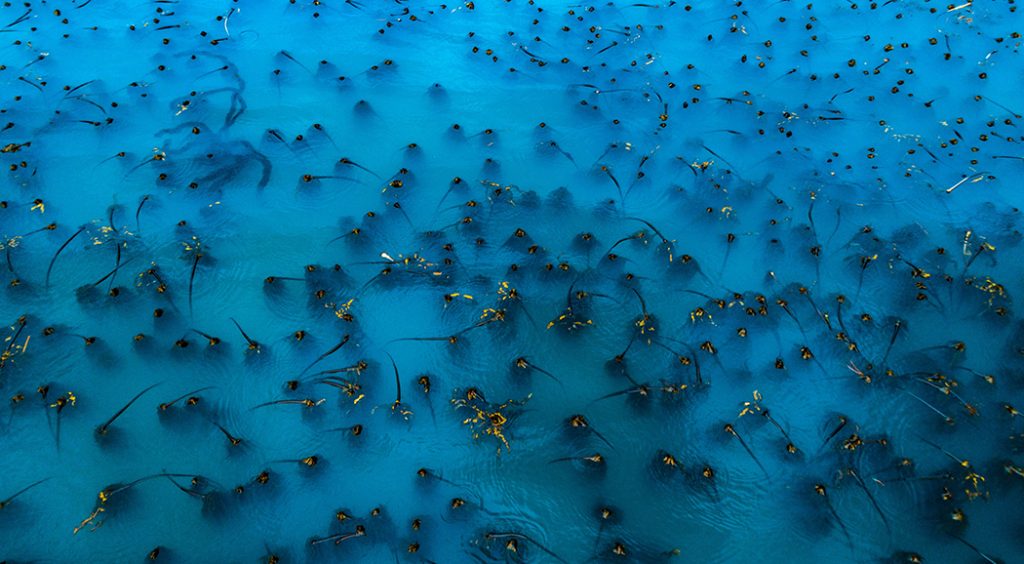
Intelligence
Digital tool aims to map kelp forest canopy and aid ecosystem restoration
U.S. scientists released KelpWatch.org – a digital map of kelp forest canopy that will be instrumental in ecosystem restoration.
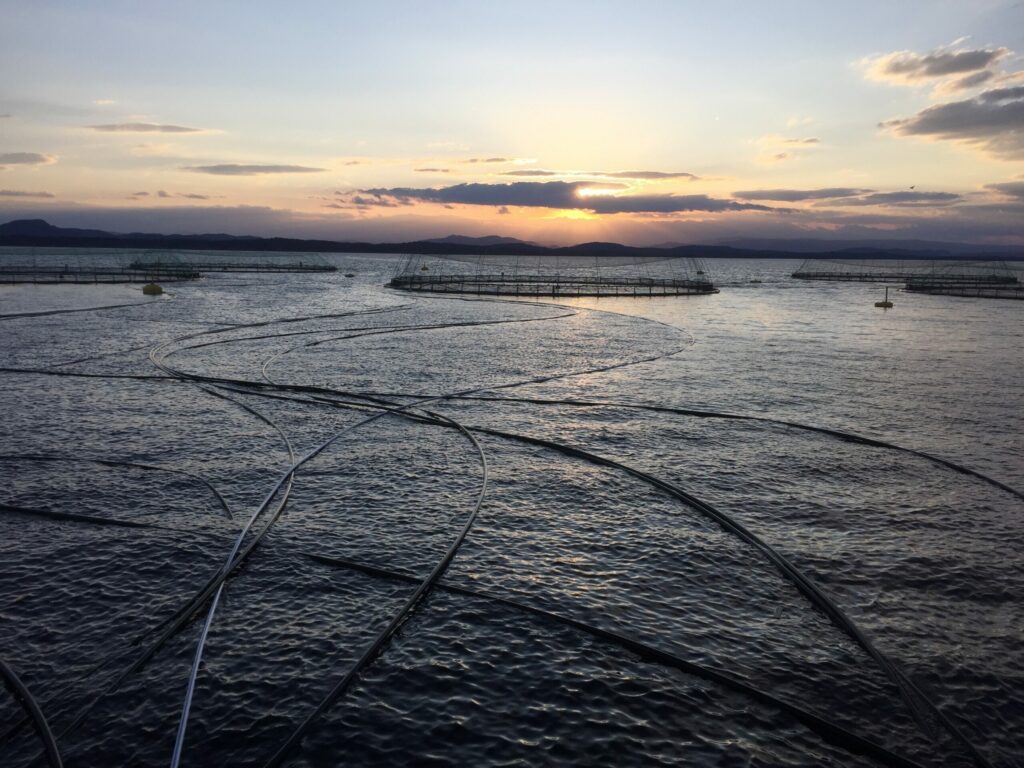
Intelligence
New tool enables continuous monitoring of fish farming operations
Manolin has added real-time systems integrations onto its platform, enabling continuous monitoring of fish farming operations.
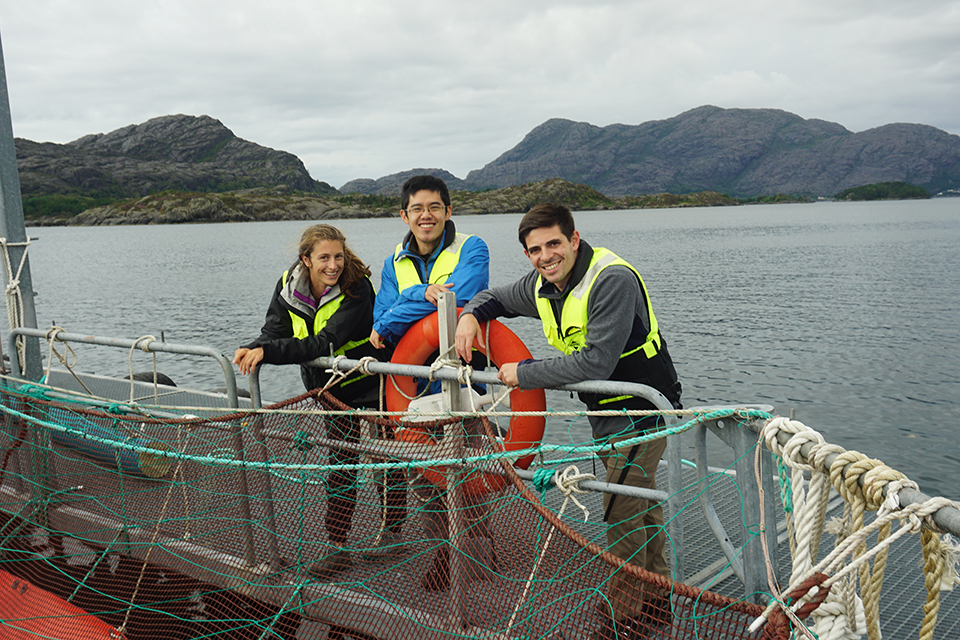
Innovation & Investment
Manolin begins automated disease alert system for salmon farmers
Norway-based software and data analytics firm Manolin launched a service to automatically alert farmers about nearby non-notifiable diseases.
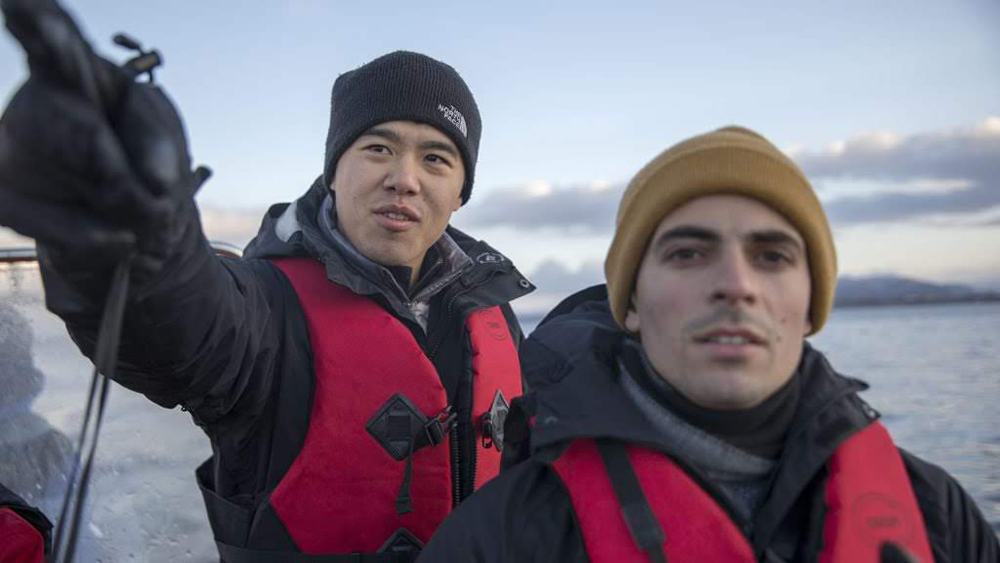
Innovation & Investment
Now Hatching: Millennial duo’s aquaculture analytics software
In the first startup profile of the inaugural Hatch cohort in Bergen, meet two young software developers who left Washington, D.C., for Norway and the power of personal connections to grow their aquaculture analytics business.



